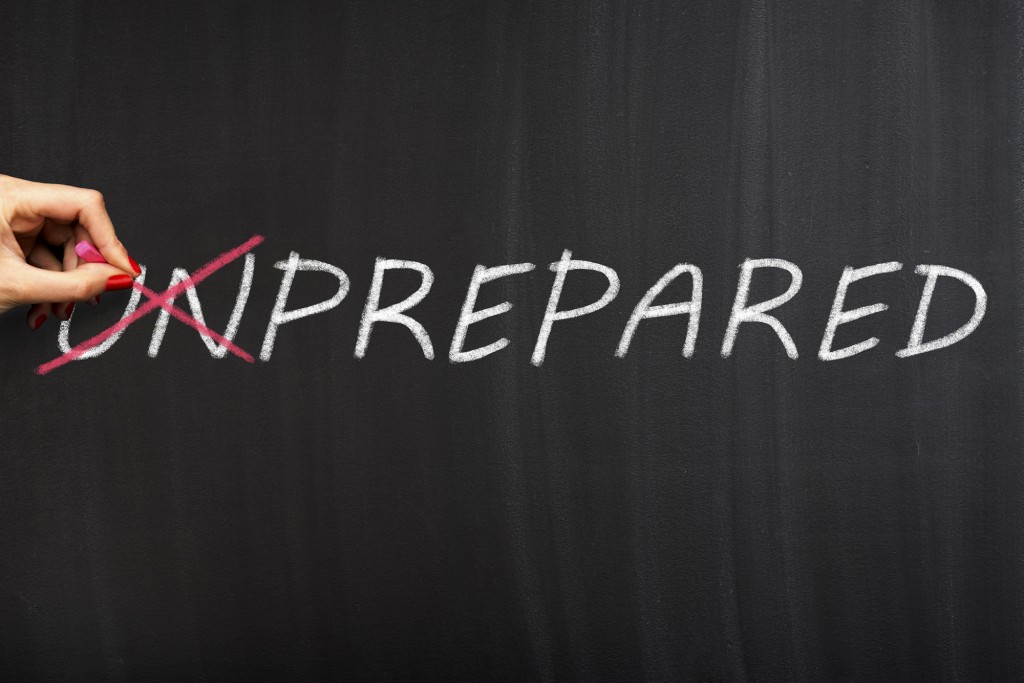In the wake of the terrorist attacks in Paris and Brussels, colleges and universities are seeing the value in aligning their communications protocols with their travel risk management initiatives now more than ever. But are you confident your students know how to tell you they’re safe—and reach out for help—during a crisis abroad? Here are some guidelines to consider when crafting your institution’s international crisis communications plan.

Crisis Response Team:
Establish a team of individuals in the host country and in the U.S. who can help assist students during an emergency. These people should not only be trained to facilitate the crisis response process, but should also be capable of authorizing medical expenses, communicating with third-party vendors and contacting loved ones as necessary. It’s particularly important that these individuals are on standby to initiate and respond to communications during nights and weekends. Consider staggering shifts and rotating who is “on call,” so there’s always 24/7 staff coverage.
Mobile Phones:
All students and onsite emergency contacts should have a functioning cell phone that works in their host countries. Smartphones are preferred since they contain numerous mechanisms for locating and alerting travelers, such as GPS apps, email and social media. Make sure travelers are briefed on how to place local and international phone calls from their host countries, and encourage them to program all emergency contacts into their phones.
First Point of Contact:
Who is the student’s first point of contact during an emergency situation? Since every crisis is unique, administrators should clearly define call chains and priorities for different types of emergency scenarios. Once a traveler’s welfare and whereabouts have been confirmed, it’s generally your institution’s responsibility to maintain open communications with the traveler and help facilitate the next appropriate course of action. Before students and faculty depart on their programs, get written consent from them to allow university officials to contact their loved ones during an emergency.
Outside Firms and Resources:
Having emergency plans and third-party resources are great, but they can’t serve their purpose if no one knows they exist. Provide travelers with contact information for their host country’s 911 equivalent (ambulance, fire, police) U.S. embassy or consulate and English-speaking hospitals as well as details for your institution’s health insurance provider and travel risk management (TRM) firm. Send this information in both digital and print format (such as wallet cards) so travelers have this information at their fingertips at all times.
Contingency Plans:
Landlines, wireless communication and the Internet may not work during a crisis, so a back-up plan is critical. International travelers and their institutions should never rely solely on one communications channel or dismiss more “archaic” communication modalities such as satellite phones, fax and express mail. Arrange meet-up points/safe havens in the event communications fail and mandate all travelers to enroll in the Smart Traveler Enrollment Program (STEP) before they leave. Anyone registered with STEP can rest assured the State Department will utilize all available modes of communication to keep U.S. citizens informed and to locate them including the Internet, social media, television and even the radio. In extreme circumstances, “wardens” may be designated by U.S. officials to share important information with those in need.
Social Media:
The number of students, faculty and staff turning to social media, apps and “sharing economy” services during a crisis will surely rise as comfort levels continue to increase. Facebook in particular has been getting a lot of buzz lately with its Safety Check feature, which uses geolocation to let those close to a crisis zone check in and let their Facebook friends know they’re safe. On the Twitter front, hashtag movements such as #PorteOuverte (“Open Door”) and #ikwilhelpen (“I Want to Help”) were utilized following the Paris and Brussels terrorist attacks to indicate someone who needed a safe place to go or someone who had a place to offer. To help people stay informed and connected in the wake of violence, Google offered free international calls in the wake of events like those in France, Belgium and Turkey via its Hangouts tool. Even sharing economy services like Airbnb launched a disaster response toolto help hosts open their doors to displaced residents in response to emergencies around the world.
Yes, sometimes the safest option for a traveler is a potentially insecure one (like accepting the hospitality of a stranger). But in preparation for these situations, it’s your institution’s responsibility to define its stance around the usage of these types of technologies during a crisis—and communicate associated protocols with students, faculty and staff before travel takes place. In a perfect world, social media should be utilized as a complementary communications channel, rather than as a replacement for traditional communications methods.
Does your institution need help crafting a crisis communications plan for travelers that aligns with your institution’s duty of care and travel risk management initiatives? Contact us today.
For over 25 years, On Call International has provided fully-customized travel risk management and global assistance services protecting millions of travelers, their families, and their organizations. Contact us today and watch our video to learn more. You can also stay in touch with On Call’s in-house risk management, travel health and security experts by signing up for our quarterly Travel Risk Management (TRM) newsletter.


